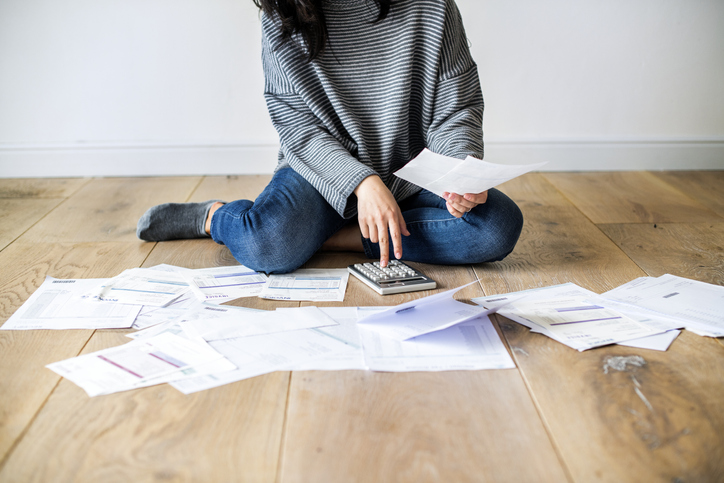1. Assess and prepare your finances.
It’s smart to start by outlining your budget and saving for your deposit. Within Australia, many home buyers aim to save at least 20% of the purchase price to avoid paying Lenders Mortgage Insurance. Keep in mind that there can be a few other costs to save for including valuations, applications and settlement – more on this in a moment.2. Narrow down your preferred location.
Would you prefer a lower purchase price with a longer commute, or a higher purchase price for a more central location? It can be a great idea to research neighbourhoods while you’re still saving, so you can narrow down your search to areas that suit your lifestyle and investment goals.3. Start researching properties.
Once again, this is something you can start doing even a year before you buy. Start monitoring property sales and prices in your area, and you’ll be able to build up an awareness of what might be a good deal and what might be overpriced.4. Factor in all the costs.
Just before you’re ready to buy, take some time to work through your finances once more. It’s worth setting funds aside for several additional costs in the home buying process, including:• The mortgage application, which can cost $200-$600 depending on the lender.
• A property valuation, which might be $400-$500.
• Stamp or transfer duty, which will vary according to your state and situation.
• Solicitor or conveyancer fees, which can be $2,000-$3,000.
• Building and pest inspection fees, which can cost $300-$500.
• Lenders Mortgage Insurance if applicable for higher loan to property value ratios, which can cost several thousands.
• Insurance such as home and contents insurance and title insurance. For an idea of costs, you can get a quote for title insurance right now.
5. Inspect the property.
The first exciting part! Here’s where you visit the property, or display property if you’re buying off the plan. If you’re inspecting a property with common areas such as an apartment or townhouse block, be sure to ask for a strata inspection report and ask about the quality of strata management. Once you’ve found the house you want, you might also arrange for professional building and pest inspections at this stage.6. Preparing for purchase
Chosen a house? Here’s where you sit down and work out the final price that you’re willing to offer. A professional property valuation can help you decide on this number. If your finances are complex or you’re planning to buy at auction you might wish to gain financing pre-approval, which indicates how much you’ll be able to borrow from your lender.7. Make your offer.
Buying in a private sale, at auction and off the plan each have a different buying process, but the key is to have your maximum price in mind for any negotiations. This step also includes setting out any conditions from you or the seller of the property that will be applicable to the sale, which your solicitor or conveyancer can assist with.8. Exchange contracts & pay the deposit.
The paperwork continues. Here’s where your solicitor or conveyancer can advise you to ensure nothing gets missed in the fine print, before you sign on the dotted line and make your initial deposit. Depending on the contract, the sale might be subject to some final inspections or conditions.9. Take out insurances.
Before you take ownership of your property, it’s worth considering the insurance policies you’ll need to minimise risk as it relates to your new investment. This may include home and contents insurance, life insurance or mortgage protection, and first title insurance to cover a range of property ownership risks.A quick note on title insurance – It only takes a single one-off payment to be covered for a wide variety of home ownership risks such as incorrect boundaries and illegally built structures. While it’s a good idea to take out insurances before you take ownership of your property, you can request cover with First Title before you purchase, or if you've already purchased, you can speak to your Conveyancer.





